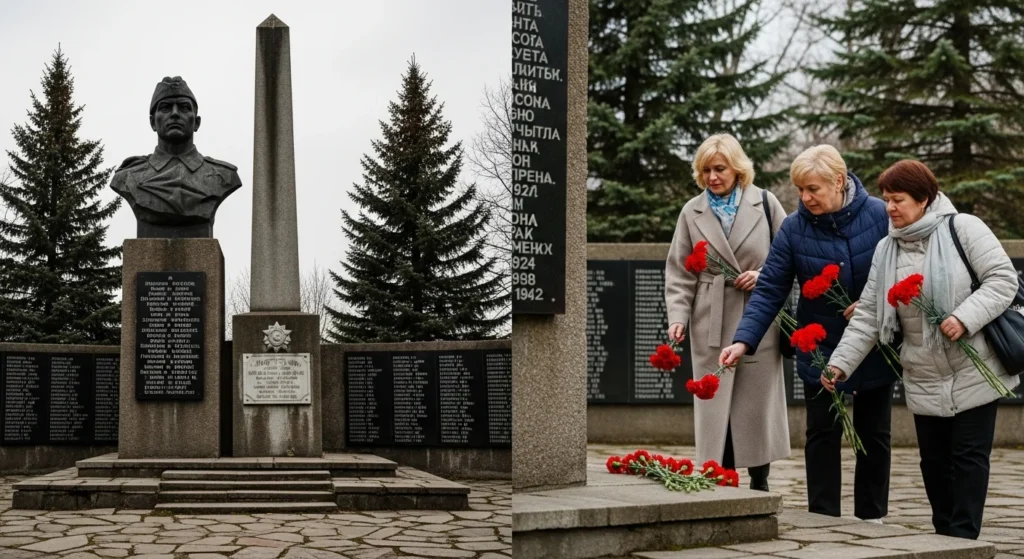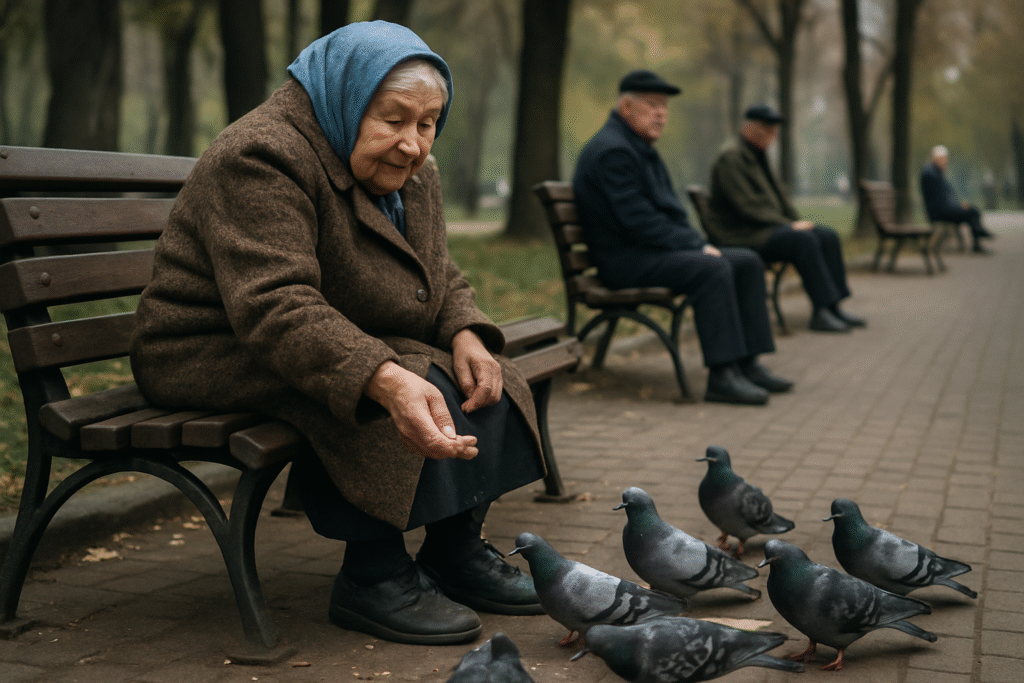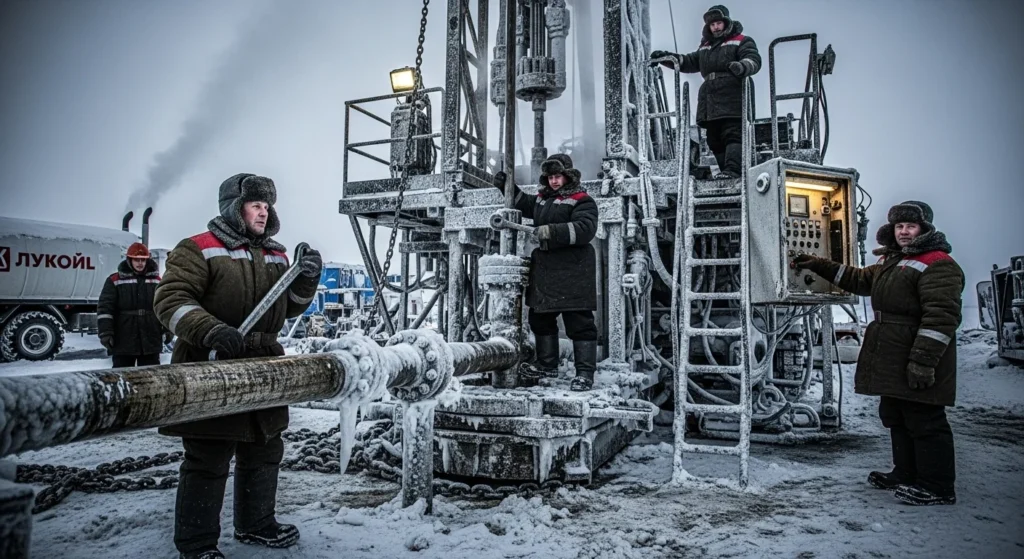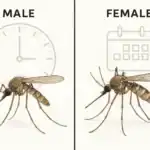Walk through any Russian city, and you’ll notice something remarkable: women seem to outnumber men everywhere you look. From bustling Moscow metros to quiet Siberian towns, this isn’t just an optical illusion – it’s a demographic reality that has shaped Russian society for generations. With approximately 10.6 million more women than men, Russia has one of the world’s most pronounced gender imbalances, and the reasons behind it reveal a complex story of history, culture, and biology.
The Numbers Don’t Lie
Russia’s current population stands at about 146 million people, with women comprising roughly 54% of the population. This means there are about 86 men for every 100 women – a ratio that becomes even more dramatic in older age groups.
| Age Group | Male Population | Female Population | Gender Ratio (M:F) |
|---|---|---|---|
| 0-14 years | 11.2 million | 10.6 million | 106:100 |
| 15-64 years | 50.1 million | 51.8 million | 97:100 |
| 65+ years | 7.8 million | 16.2 million | 48:100 |
| Total | 69.1 million | 78.6 million | 88:100 |
The disparity is particularly striking in the 65+ age group, where women outnumber men by more than 2:1. This isn’t a recent phenomenon either; Russia has maintained this gender imbalance for over eight decades.
The Great War That Changed Everything

The most significant factor in Russia’s gender imbalance traces back to World War II, known in Russia as the Great Patriotic War. Between 1941 and 1945, the Soviet Union lost an estimated 27 million people – the highest death toll of any nation in the conflict.
WWII’s Devastating Impact on Russian Demographics:
• Military casualties: 8.7 million soldiers killed in combat
• Civilian deaths: 13.7 million civilians murdered or died from war-related causes
• Missing and POW deaths: 4.6 million prisoners of war who never returned
• Gender breakdown: Approximately 80% of all war deaths were male
• Age impact: Entire cohorts of men aged 18-35 were virtually eliminated
But the war’s impact went beyond immediate casualties. The demographic echo of World War II continued for decades. The generation of men who survived the war was significantly smaller, meaning fewer boys were born in the post-war years. This created a cascading effect where each subsequent generation had fewer men relative to women. Even today, nearly 80 years later, Russia is still feeling the demographic aftershocks of that devastating conflict.
The Stalin Era’s Hidden Toll
World War II wasn’t the only catastrophe that decimated Russia’s male population. Under Stalin’s rule, millions of men were sent to gulags (forced labor camps) or executed during the Great Terror of the 1930s.
Stalin-Era Male Population Losses:
• Gulag prisoners: 18 million people sent to labor camps (85% male)
• Great Terror executions: 750,000 people executed (75% male)
• Forced collectivization: 6 million peasants killed or deported (majority male)
• Industrial accidents: 200,000+ annual workplace deaths (90% male)
• Political purges: Targeted male intellectuals, military officers, and party members
The Soviet system’s industrial accidents and unsafe working conditions also took a disproportionate toll on men, who worked in dangerous industries like mining, heavy manufacturing, and construction. These factors combined to create a sustained reduction in the male population that lasted for decades.
Biology Plays a Crucial Role

Even without historical traumas, Russia would likely still have more women than men due to basic biology. Globally, women tend to live longer than men, but this difference is particularly pronounced in Russia.
| Country | Male Life Expectancy | Female Life Expectancy | Gender Gap |
|---|---|---|---|
| Russia | 68.2 years | 78.5 years | 10.3 years |
| USA | 76.1 years | 81.1 years | 5.0 years |
| Germany | 78.6 years | 83.4 years | 4.8 years |
| Japan | 81.1 years | 87.1 years | 6.0 years |
| Global Average | 70.8 years | 75.6 years | 4.8 years |
Russian men currently have a life expectancy of around 68 years, while women live to about 80 years on average. This dramatic difference means that even if equal numbers of boys and girls are born, women will significantly outnumber men in older age groups simply because they live longer.
The Vodka Factor
Russia’s relationship with alcohol, particularly vodka, plays a significant role in the gender imbalance. Russian men consume alcohol at much higher rates than women, and this consumption pattern has deadly consequences.
Alcohol-Related Deaths by Gender in Russia:
• Cirrhosis deaths: 78% male victims
• Alcohol poisoning: 82% male victims
• Drunk driving fatalities: 85% male victims
• Alcohol-related violence: 90% male victims
• Overall alcohol-related mortality: 80% male
During the chaotic 1990s, after the Soviet Union’s collapse, male mortality rates skyrocketed. Economic uncertainty, social upheaval, and widespread alcoholism created what demographers call a “mortality crisis.” Men turned to alcohol as an escape, leading to a dramatic spike in alcohol-related deaths. Some estimates suggest that alcohol contributes to over 30% of all male deaths in Russia.
Dangerous Jobs and Risky Lifestyles

Russian culture has traditionally encouraged men to work in high-risk occupations. From oil drilling in Siberia to deep-sea fishing in the Arctic, Russian men are more likely to work in dangerous industries with high fatality rates.
High-Risk Industries and Male Employment:
• Oil and gas extraction: 95% male workforce, 3.2 deaths per 1,000 workers
• Mining operations: 92% male workforce, 2.8 deaths per 1,000 workers
• Construction: 88% male workforce, 2.1 deaths per 1,000 workers
• Transportation: 78% male workforce, 1.9 deaths per 1,000 workers
• Heavy manufacturing: 85% male workforce, 1.5 deaths per 1,000 workers
Beyond occupational hazards, Russian men are also more likely to engage in risky behaviors:
• Smoking rates: 60% of men vs. 22% of women
• Reckless driving: Men account for 87% of traffic fatalities
• Violent crime: 85% of homicide victims are male
• Medical negligence: Men are 40% less likely to seek preventive healthcare
The Modern Health Crisis

Today’s Russia faces a continuing health crisis that particularly affects men. The country’s healthcare system, while improving, still struggles to address men’s health issues effectively.
| Health Issue | Male Rate | Female Rate | Gender Difference |
|---|---|---|---|
| Heart Disease | 847 per 100,000 | 421 per 100,000 | 2.0x higher |
| Cancer | 284 per 100,000 | 201 per 100,000 | 1.4x higher |
| Suicide | 38.5 per 100,000 | 7.9 per 100,000 | 4.9x higher |
| Stroke | 293 per 100,000 | 201 per 100,000 | 1.5x higher |
| Accidents | 156 per 100,000 | 39 per 100,000 | 4.0x higher |
Mental health issues also disproportionately affect Russian men:
• Depression: 15% of men vs. 8% of women remain untreated
• Anxiety disorders: Often linked to military service and economic hardship
• PTSD: Higher rates among male veterans and industrial workers
• Substance abuse: 3x higher among men than women
Russia has one of the world’s highest suicide rates, with men accounting for the vast majority of suicide deaths.
Economic and Social Consequences
This gender imbalance has profound effects on Russian society across multiple dimensions:
Labor Market Impact:
• Healthcare sector: 85% female workforce
• Education: 78% female teachers and administrators
• Government positions: 67% female civil servants
• Retail and services: 72% female employees
• Agriculture: 58% female workers (despite traditional male dominance)
Social and Cultural Effects:
• Marriage market: Women face intense competition for male partners
• Dating culture: Men have significant advantages in relationship dynamics
• Family structures: Higher rates of single-mother households
• Gender roles: Women increasingly fill traditionally male positions
• Political representation: Growing female participation in local government
The Immigration Factor
Russia’s gender imbalance is somewhat offset by immigration patterns, though the impact varies by region:
| Origin Country | Male Migrants | Female Migrants | Primary Industries |
|---|---|---|---|
| Uzbekistan | 1.2 million | 0.4 million | Construction, agriculture |
| Tajikistan | 0.8 million | 0.2 million | Construction, services |
| Kyrgyzstan | 0.6 million | 0.3 million | Services, retail |
| Kazakhstan | 0.5 million | 0.4 million | Professional services |
| Total | 3.1 million | 1.3 million | Various sectors |
However, many of these workers don’t settle permanently, and their presence doesn’t fully address the underlying demographic imbalance.
Government Efforts and Future Outlook

The Russian government has recognized the demographic crisis and implemented various policies to address it:
Current Government Initiatives:
• Maternity capital: $6,500 payment for second and subsequent children
• Healthcare improvements: Targeted men’s health programs
• Alcohol reduction: Minimum pricing and availability restrictions
• Workplace safety: Stricter industrial safety regulations
• Immigration policies: Simplified citizenship for skilled workers
Results and Projections:
• Birth rate: Slight increase from 1.3 to 1.5 children per woman
• Male life expectancy: Gradual improvement from 59 to 68 years since 2000
• Gender gap: Narrowing among younger generations
• Future outlook: Demographic balance unlikely before 2050
A Society Shaped by Numbers
Russia’s gender imbalance is more than just a statistical curiosity – it’s a fundamental force that has shaped the country’s culture, economy, and social structures for generations. The data reveals a complex web of historical trauma, cultural patterns, and biological realities that continue to influence Russian society today.
Understanding Russia’s gender demographics provides crucial insight into the country’s past, present, and future. It explains everything from family structures to political dynamics, and it continues to influence how Russian society evolves. As Russia works to address this imbalance through policy interventions and cultural changes, the legacy of its gendered history will remain a defining characteristic of the world’s largest nation.






Leave a Comment